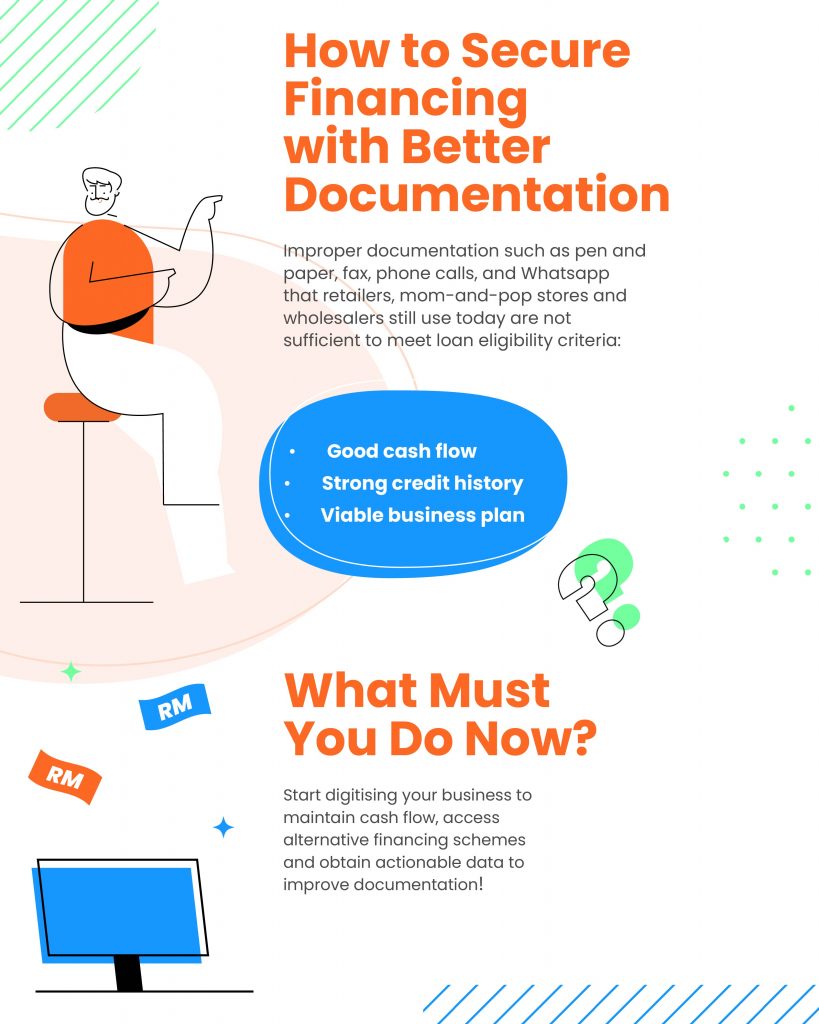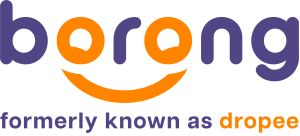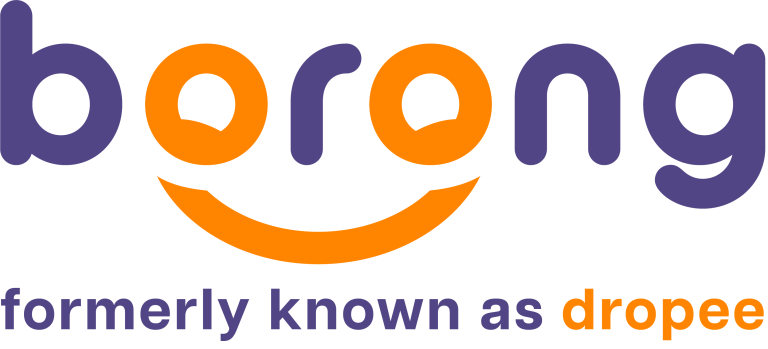Despite SME loan schemes and government incentives, many businesses still struggle to secure financial assistance.
The pandemic is not helping matters either. Lenders are at their limit during an economic recession because when times are tough, borrowers start to delay payments and default on loans.
Business loans are essential not only for companies starting out, but those that are expanding too. Without funds, businesses are not able to purchase inventory and equipment, hire employees or cover other expenses.
When applying for loans, SMEs and MSMEs face an uphill battle against large corporations. Established businesses have proven track records as an advantage, which makes them safer bets for banks.
However, difficult is not impossible. Understanding the roadblocks that make it hard to secure financing helps to pinpoint where you are lacking and how to improve your chances for approval.

Challenges in Obtaining SME Loan Approval
Many companies are still using outdated methods like pen and paper that cause data to be siloed, non-cohesive, and oftentimes, unreliable due to the lack of transparency.
Lennise Ng, CEO of Dropee
A survey on SME financing in Malaysia found that insufficient documentation is one of the main reasons businesses get rejected for financial assistance.
Improper documentation such as pen and paper, fax, phone calls, and WhatsApp that retailers, mom-and-pop stores and wholesalers still use today are not sufficient to prove eligibility.
Without proper documentation, important paperwork can quickly fall through the cracks. This creates a domino effect that leads to other challenges in securing financing.
Poor Credit History
One of the first things SME loan lenders will look at is your credit history.
- Credit reports contain a record of past debts and consequent repayment. This is the tool creditors use to gauge your responsibility in repaying loans.
- Credit reports that indicate previous failure to meet repayment terms affects your credibility and can lead to rejection.
Insufficient Cash Flow
Insufficient cash flow is generally a deal breaker as it measures your ability to pay the lender back.
- Banks look for a healthy cash flow when assessing applications to determine if your business can afford the loan.
- There should be enough cash coming in from the sale of products or services to cover cash flowing out of the business, including for loan repayment.
Non-viable Business Plan
Business viability plays a major role in SME loan applications.
- A solid business plan describes the nature of business, objectives and goals along with the strategies to achieve them. With this, lenders can see where the funds are going and if they will be able to get them back.
- Financial projections show how your company will perform. However, it can be difficult to accurately forecast for the future with insufficient data on trade performance and customer behaviour.
Digitisation is Key
While many things contribute to difficulty in securing financing, improper documentation is one of the biggest culprits. The only way to escape the cycle is to shed outdated methods of documentation and go digital.
If SMEs and MSMEs can automate and digitise their paperwork through a platform, they can obtain better documentation and improve credibility. In turn, they can become more bankable as it will be easier to secure financing with sufficient documentation.
How Going Digital Helps SMEs Secure Financing
Expand into New Markets
Maintaining cash flow is a continuous struggle during the Covid-19 pandemic and it still plagues businesses today. This is especially true for offline businesses, which makes up the majority of SMEs in Malaysia.
As the country goes in and out of lockdown, travel restrictions, WFH mandates and limited operating hours affect sales drastically. But with an online channel, businesses can maintain cash flow by leveraging the growinge-commerce market.
That said, digitisation can be a steep learning curve for businesses that are new to e-commerce. To bypass the trial and error phase of building your own online channel, existing platforms with all the infrastructure and technical support already available is a great option.
For example, Dropee has a range of B2B software tools to bring offline wholesale trade online, including:
- B2B e-commerce store
- Sales agent ordering app
- Integration to back-office systems
On a platform like Dropee, businesses can maintain or grow their sales by engaging new customers that they would not be able to reach offline. With the right support and resources, wholesalers and retailers can trade faster, cheaper, smarter and in bigger volumes online.
Alternative Financing Schemes
Loans are not the only means of financing out there. There are numerous initiatives to help SMEs access funds, from grants to credit terms. The latter is becoming more common in e-commerce as it creates a win-win situation for suppliers and buyers.
We’ve already established the importance of cash flow and how difficult it has been to maintain one in this ongoing pandemic. Suppliers need buyers to purchase stock from them just as much as buyers need products to sell to their customers. However, many buyers are struggling to obtain capital in this crisis without depleting their cash reserves.
Credit terms allow buyers to purchase products from suppliers without having to pay first. This way, businesses can continue to operate and have enough time to make sales before the payment is due.
On top of that, credit terms are a great way to improve your credit rating. By consistently meeting the terms of credit agreements, SMEs can raise their credibility and prove to loan providers that they are able to fulfil their obligations.
The duration of credit terms and the interest rates vary. For instance, Dropee’s credit terms allow buyers to extend payment by up to 60 days. We also offer zero interest as long as you pay on time! Click here to apply for Dropee Credit.

Access to Actionable Data
A solid business plan is one of the key assessment criteria in SME loan applications. Creditors are looking for proactive business owners that are aware of the potential risks and prepared with a plan to overcome challenges.
Banks want to know what the future holds for your business. They expect financial forecasts to understand how the loan will contribute to business growth and whether or not the business will be able to settle its debts. But forecasting future performance with insufficient data does not make for the best pitch.
Businesses will gain access to more actionable data for accurate forecasting by going online. Platforms like Dropee not only connect wholesalers and retailers but also provide them with visibility on:
- Stock availability
- Customer payments
- Predictive analytics on customer purchasing trends
With this data at your fingertips, you will be able to understand what drives growth for your business and replicate successful strategies for maximum success.
Start Digitising Today with Dropee
Insufficient documentation is holding SMEs back from securing the finances that they need to survive in the current crisis.
By digitising your business, you will be able to expand into new markets, gain access to alternative financing schemes and obtain actionable data to significantly improve documentation for loan applications.
Get in touch with us here to learn more about how Dropee can help you digitise your business.


